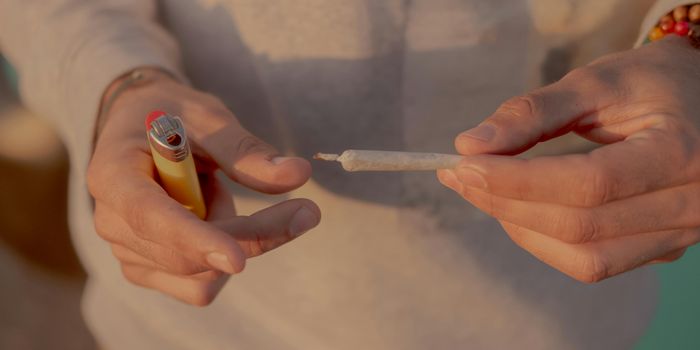Hypoxia in a Pill
Hypoxia, a condition characterized by reduced oxygen availability, has been widely studied for its potential therapeutic benefits in various diseases, including neurodegenerative disorders. Traditional approaches to hypoxia induction, such as high-altitude exposure or hypoxic chambers, pose logistical and ethical challenges for clinical translation. A recent preclinical study has introduced a novel pharmacological approach to inducing controlled hypoxia, referred to as "hypoxia in a pill." This strategy aims to simulate the physiological effects of chronic continuous hypoxia (CCH) through a drug combination that alters hemoglobin oxygen affinity and suppresses compensatory erythropoiesis.
The study investigated a combination of GBT440, a hemoglobin oxygen affinity modulator, and PT2399, a hypoxia-inducible factor-2 alpha (HIF-2α) inhibitor. GBT440, initially developed for sickle cell disease (SCD), increases hemoglobin’s affinity for oxygen, thereby reducing oxygen release to tissues. PT2399, on the other hand, inhibits HIF-2α, which normally mediates erythropoietic responses to hypoxia, preventing excessive red blood cell production.
In wild-type mice, this combination effectively reduced brain oxygen tension by 36%, producing physiological effects akin to breathing 11% oxygen—a level of hypoxia comparable to high-altitude conditions. This significant reduction in oxygenation demonstrates the feasibility of inducing controlled hypoxia pharmacologically.
Despite the promising results, several challenges must be addressed before clinical application The drug has a relatively short half-life and was administered only five days per week in the study. Additionally, GBT440 was withdrawn from the market due to safety concerns in sickle cell disease patients, raising concerns about its long-term safety profile in humans.
While pharmacological induction of hypoxia is a novel approach, other methods exist to achieve similar physiological effects. Therapeutic phlebotomy, used for conditions like hemochromatosis and polycythemia vera, reduces red blood cell count and indirectly induces a hypoxic state. However, this approach is not a practical long-term solution for inducing CCH. Surgical cardiac shunts, designed to create controlled right-to-left blood flow, have been explored in heart failure treatment but are not primarily intended for hypoxia induction.
The concept of "hypoxia in a pill" presents an innovative approach to simulating CCH through pharmacological means. The study demonstrates proof of concept in preclinical models, showing both feasibility and therapeutic potential in neurodegenerative conditions. Future research should focus on identifying safer pharmacological alternatives, refining dosage strategies, and conducting rigorous clinical trials to evaluate long-term effects.
Sources: Science








